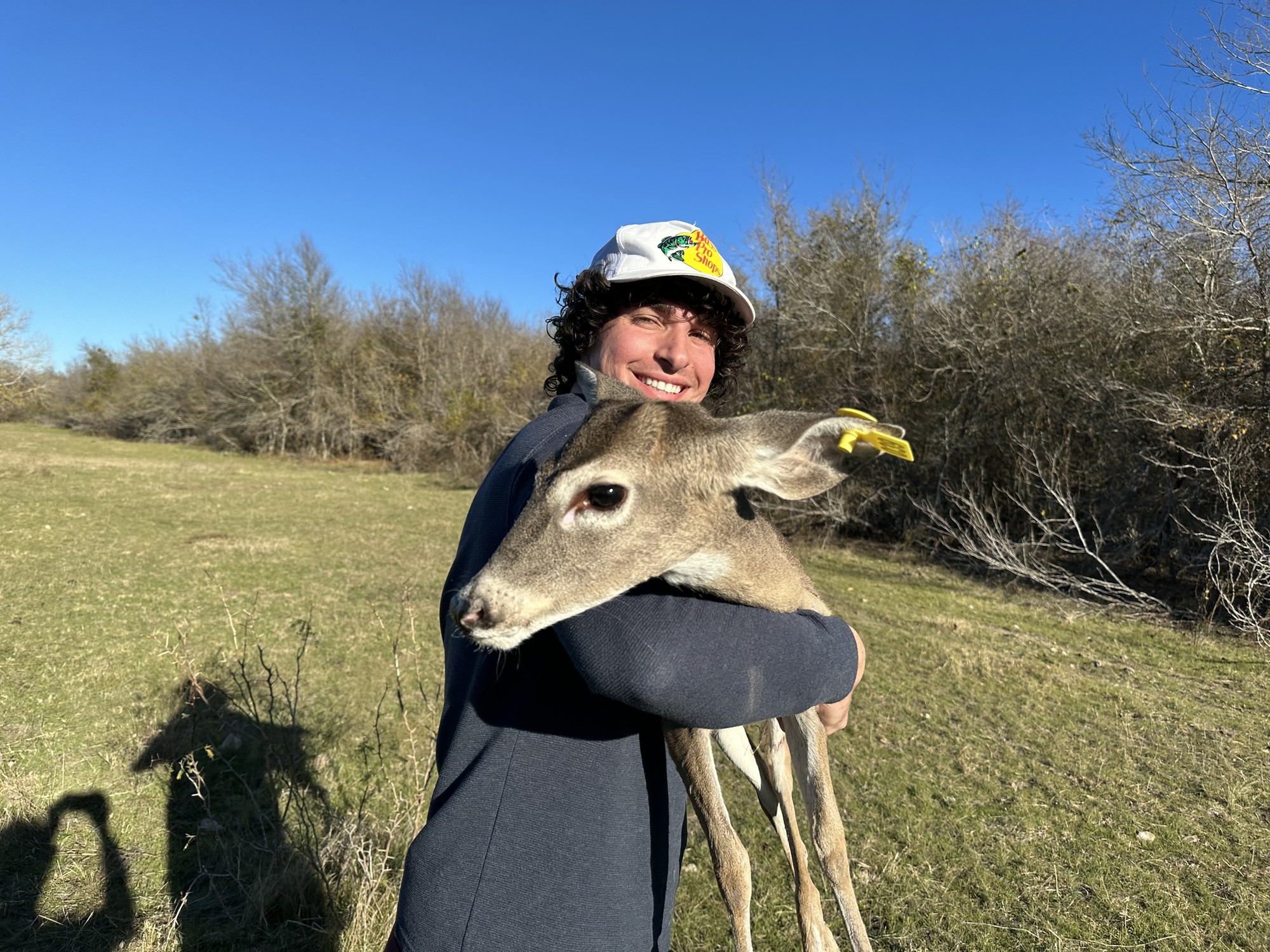The Significance of Burlington Animal Control for Community Health and Safety
The Significance of Burlington Animal Control for Community Health and Safety
Blog Article
Common Challenges and Solutions in Urban Wild Animals Removal Initiatives
Urban settings present distinct difficulties for wild animals administration specialists entrusted with handling or getting rid of wild animals populations. These difficulties often intersect with honest considerations, lawful structures, and the safety and security of both humans and pets. Public resistance and misunderstandings even more complicate these initiatives, requiring cutting-edge, non-lethal services and durable community outreach. Comprehending the complexities associated with urban wildlife elimination is crucial for developing approaches that stabilize human safety with wild animals welfare. What methods have verified most reliable, and how can communities be much better involved to sustain these campaigns? This discussion looks for to discover the complex balance required for successful metropolitan wild animals management.
Honest Wildlife Monitoring
Resolving the complexities of ethical wildlife management needs an equilibrium between human rate of interests and the preservation of wild animals ecosystems. In metropolitan settings, this equilibrium ends up being progressively tough as human development encroaches on wildlife environments, resulting in regular human-animal interactions. Honest wild animals monitoring in these atmospheres demands strategies that focus on gentle treatment of pets while minimizing potential conflicts.
One of the core principles in ethical wild animals administration is the prevention of injury. This involves utilizing non-lethal techniques for wild animals removal, such as exemption strategies that prevent pets from getting in human houses, or utilizing deterrents that assist them away from city locations. Wildlife professionals are charged with employing approaches that lessen stress and anxiety and injury to the animals, guaranteeing their well-being is thought about along with human safety and security.
It is vital to assess the ecological duties of city wild animals and just how their removal might impact neighborhood biodiversity. Ultimately, effective ethical wildlife administration involves cooperation in between guardians, policymakers, and the public to maintain urban communities.
Navigating Lawful Restrictions
Browsing the legal landscape of urban wild animals elimination offers a complicated layer to the currently tough task of honest wild animals monitoring. These regulations differ considerably throughout areas, necessitating detailed understanding and conformity from those included in wildlife monitoring - wildlife removal Burlington.
One significant obstacle is the constant advancement of these laws, commonly driven by environmental adjustments and societal attitudes towards wild animals conservation. Specialists need to continue to be informed regarding present legal criteria and forthcoming legislative changes. Non-compliance can lead to substantial fines, legal implications, and reputational damages.
Structure connections with wild animals companies and legal experts can supply beneficial insights and assistance. Therefore, understanding and adhering to lawful frameworks is not simply a step-by-step requirement but an essential component of responsible and lasting urban wild animals administration.

Safety in Elimination Practices
Ensuring security in wild animals elimination practices is extremely important to securing both human and animal well-being. These efforts need a balanced approach that decreases risk while achieving the desired outcome of relocating animals from metropolitan setups. A key issue in wildlife elimination is the capacity for injury or see it here illness transmission to humans, necessitating making use of personal protective equipment (PPE) such as handwear covers, masks, and goggles. Trained specialists must manage eliminations to prevent aggravating the circumstance, as untrained people may accidentally hurt themselves or the animals included.
Safe removal techniques likewise include the usage of gentle traps developed to stop injury. These traps have to be on a regular basis kept an eye on to ensure that pets are not left in distress. Additionally, it is essential to stick to guidelines that determine the appropriate handling, transportation, and release of captured wildlife, making certain that the pets are gone back to suitable habitats where they can thrive without presenting further dangers to metropolitan settings.
Additionally, education and training for those associated with wildlife removal are essential. This guarantees that all events know the current security procedures and methods, consequently minimizing the probability of accidents and promoting an unified coexistence between city dwellers and wild animals.
Ingenious Deterrent Solutions
While safety in wildlife elimination is vital, protecting against encounters with urban wild animals with cutting-edge deterrent services can significantly reduce the need for such treatments. Urban atmospheres, with their wealth of food and sanctuary, typically bring in wildlife like raccoons, pigeons, and squirrels, leading to prospective conflicts. Innovations in innovation and style have paved the way for imaginative and effective deterrent techniques that reduce wild animals presence without damage.
One such service is making use of ultrasonic gadgets, which release high-frequency sounds faint to people yet unpleasant for different wild animals types, driving them away from certain locations. Furthermore, motion-activated sprinklers can discourage animals by surprising them with abrupt ruptureds of water, efficiently inhibiting their return. These gadgets are specifically helpful in shielding yards and eco-friendly areas from foraging pets.

In addition, the combination of smart lights systems that change their illumination and shade can interrupt the nocturnal tasks of particular wildlife, decreasing their convenience in metropolitan settings. Physical barriers, such as bird spikes and nettings, proceed to serve as practical deterrents, avoiding pets from nesting or roosting in unwanted locations. Highlighting humane and eco-friendly strategies, these advancements hold guarantee for sustainable urban wildlife administration.
Neighborhood Education And Learning Efforts
Comprehending the value of area education campaigns is important in addressing urban wildlife obstacles effectively. Such initiatives play a substantial role in promoting conjunction between people and wildlife in city settings by elevating awareness and advertising responsible behaviors. Informing citizens concerning local wild animals types, their habitats, and behaviors can minimize misunderstandings and worry, causing even more enlightened decisions regarding wildlife monitoring.
Community education initiatives usually include workshops, seminars, and outreach programs made to engage citizens of all ages. These efforts can concentrate on useful guidance, such as securing waste containers, setting up bird-friendly structures, and preventing feeding wild animals, which helps stop drawing in pets into urban locations. By sharing expertise concerning the eco-friendly roles of wildlife, areas can shift point of views go from watching animals as annoyances to acknowledging their worth within urban ecological communities.
Residents who comprehend the significance of wild animals conservation are a lot more most likely wikipedia reference to sustain humane removal techniques and habitat defense procedures - animal control Burlington. Efficient area education and learning needs partnership in between local authorities, wildlife professionals, and community leaders to create customized programs that resolve details urban wild animals concerns.
Conclusion
Urban wild animals removal requires a complex approach, addressing ethical administration, legal conformity, and security in elimination techniques. Successful city wild animals administration hinges on partnership amongst professionals, authorities, and locals, guaranteeing methods that guard human security while valuing wild animals well-being.
Urban settings present special obstacles for wild animals monitoring specialists entrusted with handling or eliminating wild animals populations. Recognizing the complexities entailed in urban wild animals elimination is crucial for establishing approaches that balance human safety and security with wildlife welfare.Navigating the legal landscape of urban wild animals removal provides a complicated layer to the already tough job of ethical wildlife monitoring.While safety in wildlife removal is important, avoiding encounters with metropolitan wild animals with cutting-edge deterrent solutions can dramatically minimize the need for such treatments. Effective city wild animals monitoring hinges on collaboration amongst experts, authorities, and locals, guaranteeing approaches that safeguard human security while valuing wild animals welfare.
Report this page